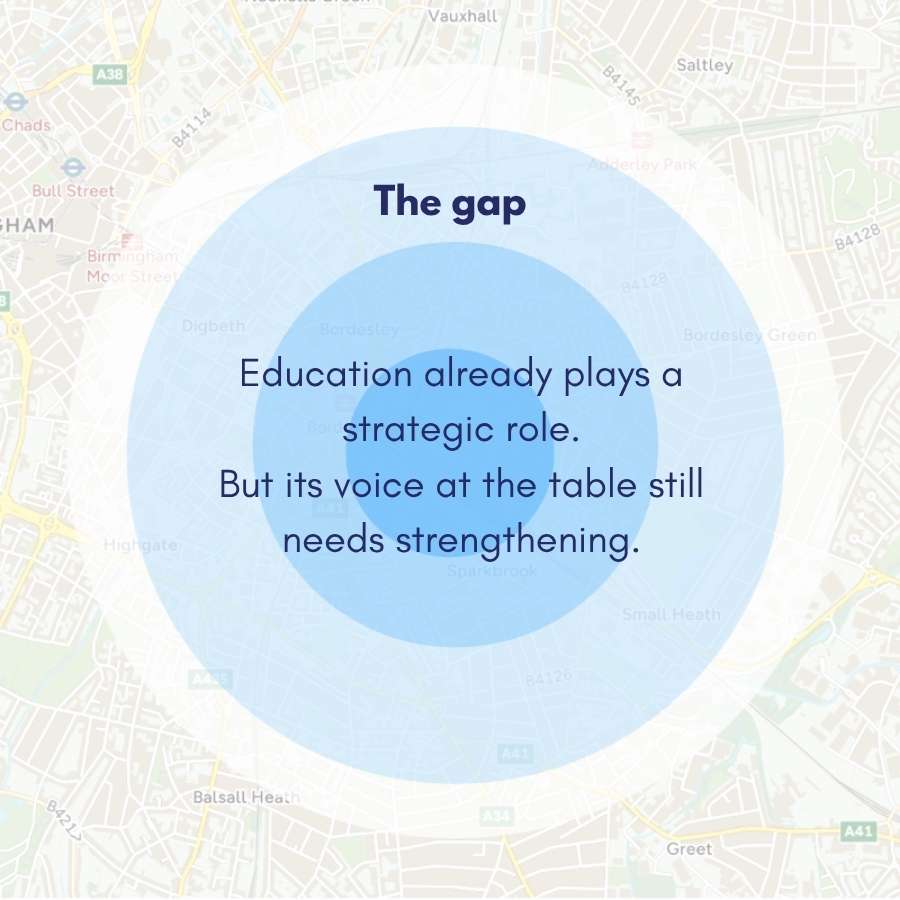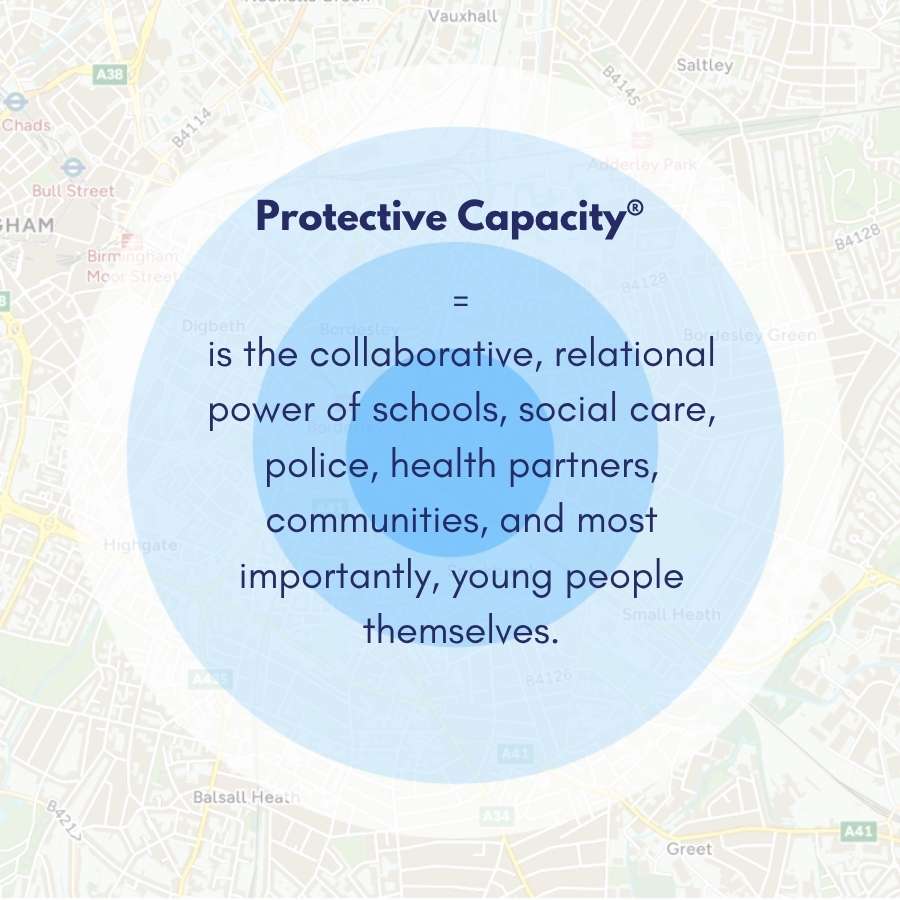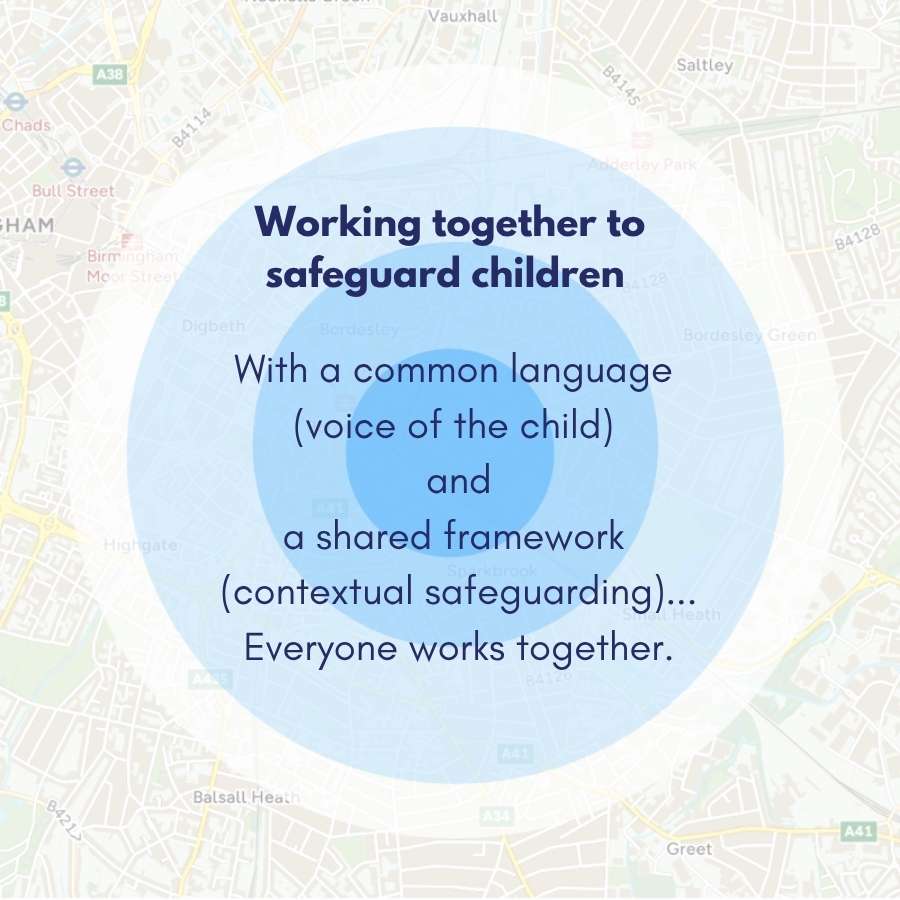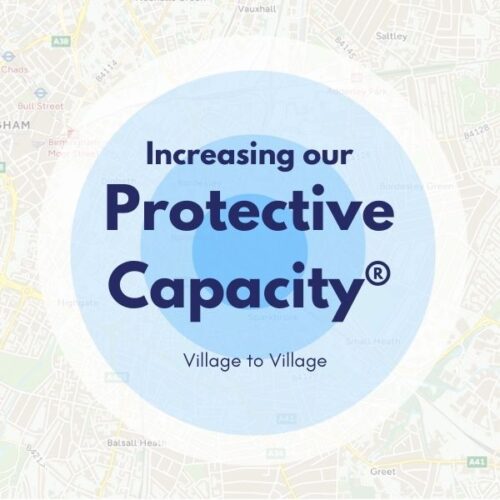Education as a Strategic Partner in Safeguarding
Swipe the Carousel
Education as a strategic partner in safeguarding
Education is already playing a key strategic role in safeguarding, working alongside the three established pillars of protection: Police, Health, and Social Care. Each pillar contributes essential expertise to protect children from harm, respond to risk, and coordinate effective support.
Schools and colleges bring a uniquely valuable perspective to this partnership. They are the environments where children spend most of their time, where trusted relationships are built, and where early signs of harm are most likely to be recognised. This close connection gives education professionals unparalleled insight into the lived experiences of children and the safeguarding challenges within their communities.
However, while education is already recognised as a vital strategic partner, its voice at the table still needs strengthening. Ensuring that education holds equal influence within multi-agency safeguarding discussions is essential. When the education perspective is fully embedded in strategic decision-making, the entire system benefits through more informed policies, earlier interventions, and stronger protective capacity across communities.
Strategic collaboration in real practice
Within local safeguarding partnerships, education’s role extends beyond compliance or frontline intervention. As a strategic partner, education contributes to shaping local policy, influencing decision-making, and improving how safeguarding operates at every level.
In Warwickshire, for example, education holds a formal seat within the Independent Safeguarding Children’s Partnership. Representation at board level ensures that the education perspective informs every discussion, from prevention and early intervention to system-wide responses.This collaboration has been transformative. It has enabled education leaders to understand how strategic decisions are made, how systems interconnect, and how shared accountability enhances the collective capacity to keep children safe. Through this partnership, the voice of education, and by extension the voice of children and young people, is heard and acted upon at the highest strategic level.
Building Protective Capacity together
Education’s strategic involvement is central to building protective capacity across communities. By engaging in local safeguarding boards, contributing to subcommittees, and collaborating closely with Police, Health, and Social Care, schools and trusts help to create systems that are both responsive and preventative.
This collaborative approach allows professionals to share insights, identify patterns, and intervene earlier. It strengthens safeguarding practice not only for individual children but also across organisations, regions, and national systems. When education works in step with its safeguarding partners, the result is a more unified, informed, and proactive approach that maximises the impact of every safeguarding decision.
A shared vision: the future of safeguarding collaboration
The partnership between Education, Police, Health, and Social Care demonstrates what is possible when all sectors operate with a common framework (Contextual Safeguarding) and a common language (the voice of the child). Together, these four pillars create the strongest foundation for safeguarding children, grounded in collaboration, mutual understanding, and the consistent use of the voice of the child to guide action. Education’s strategic role ensures that safeguarding is not only about protecting children from harm, but also about shaping safer environments and communities where every child can thrive.
















